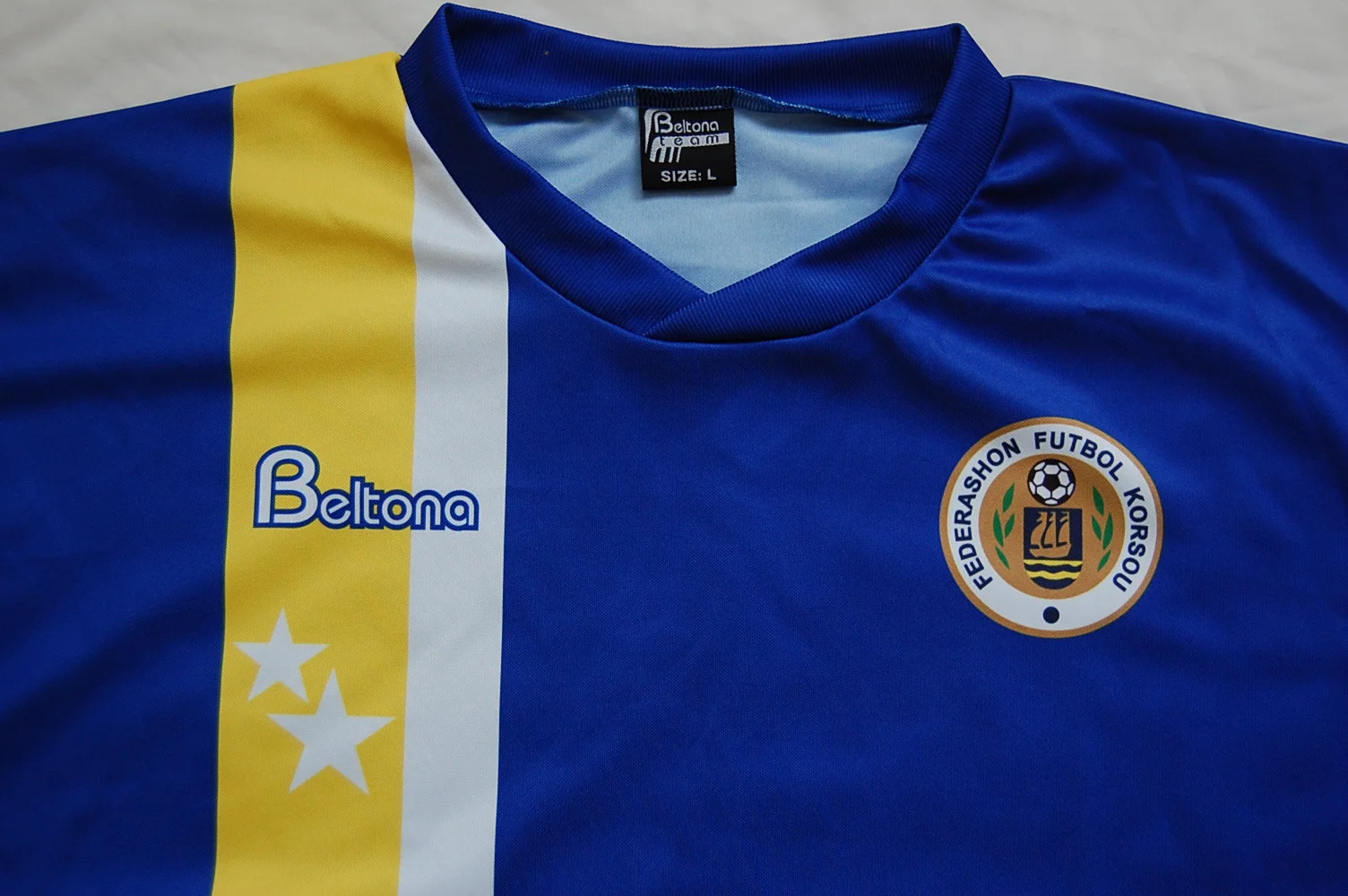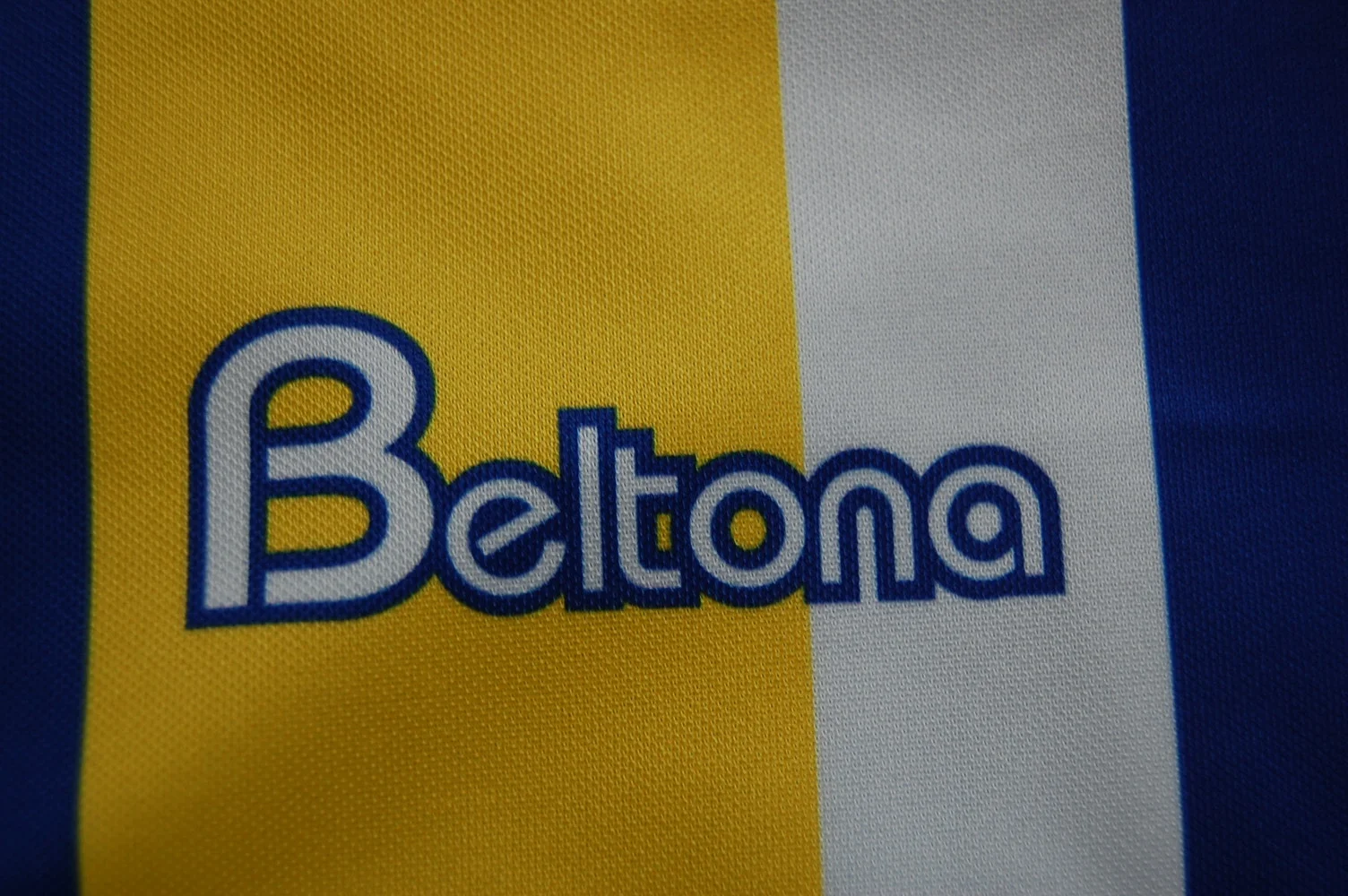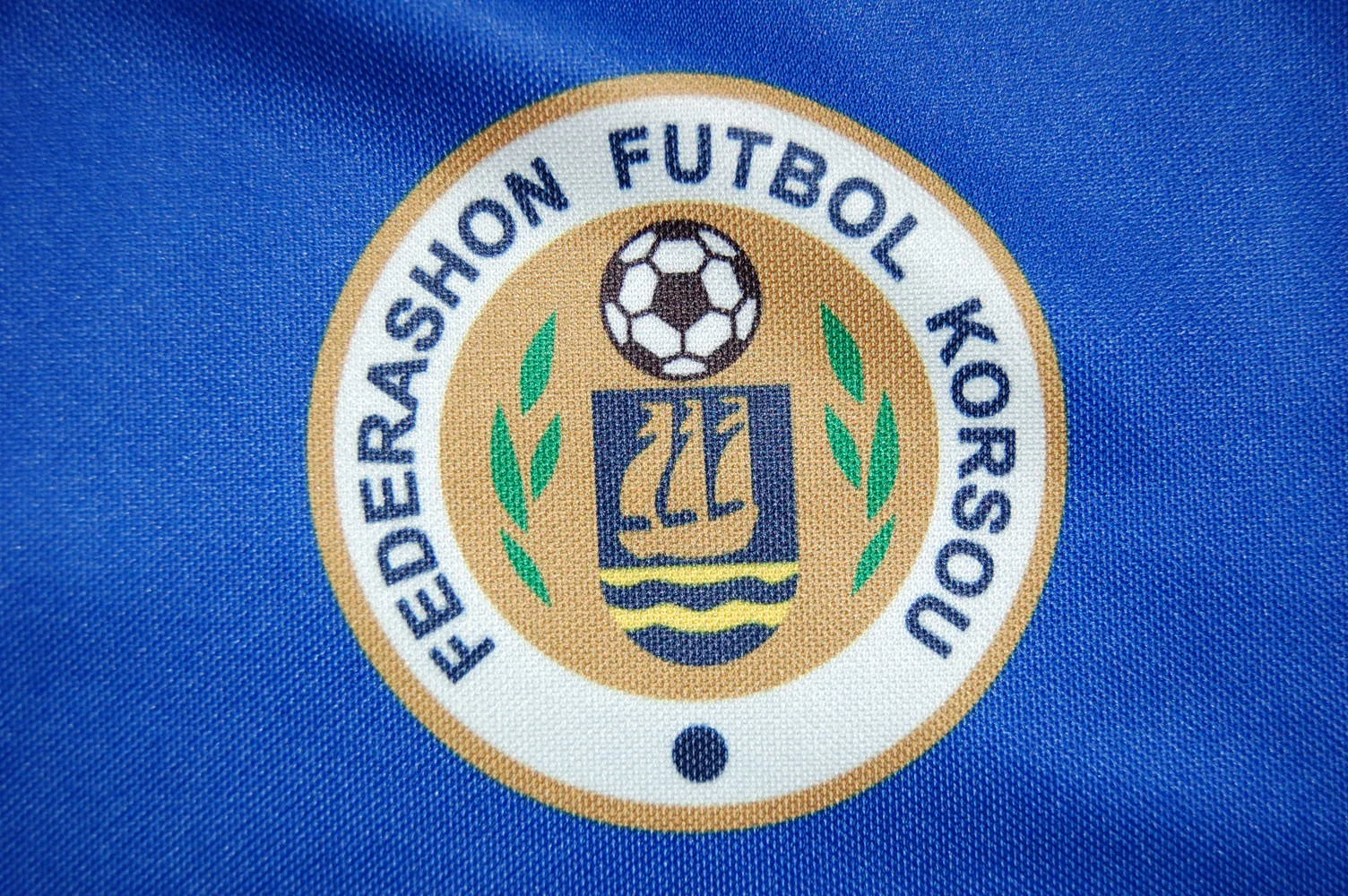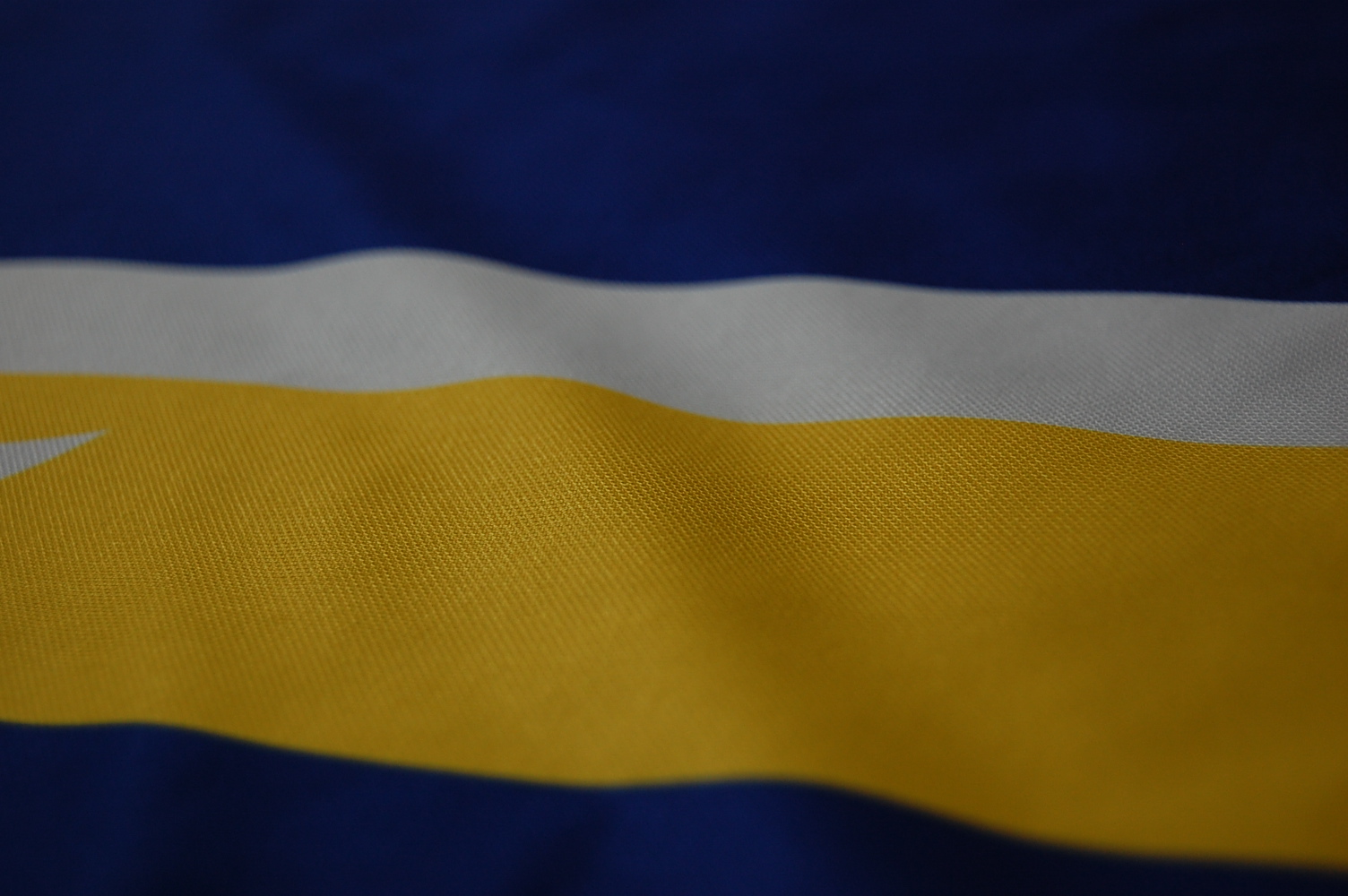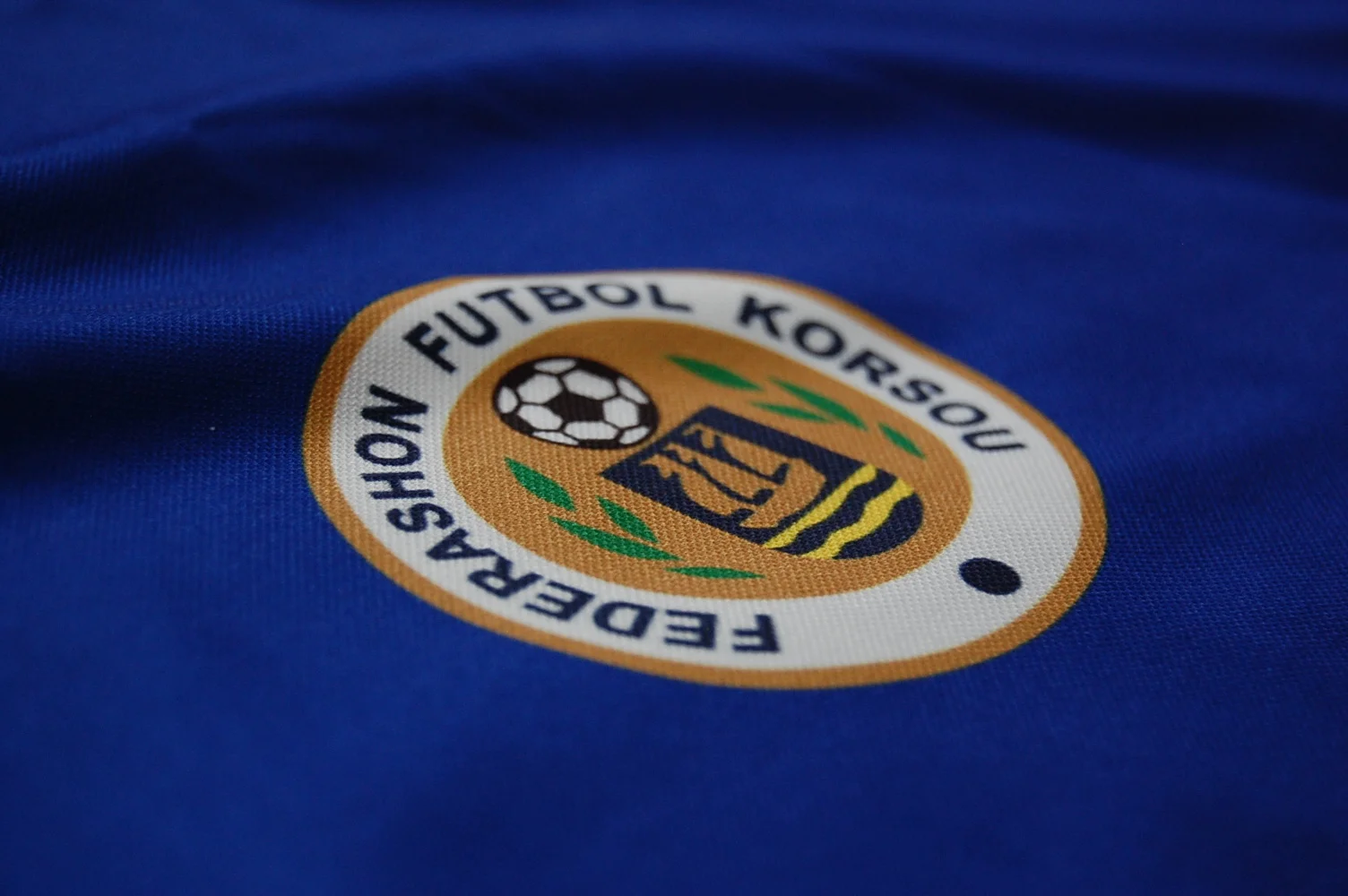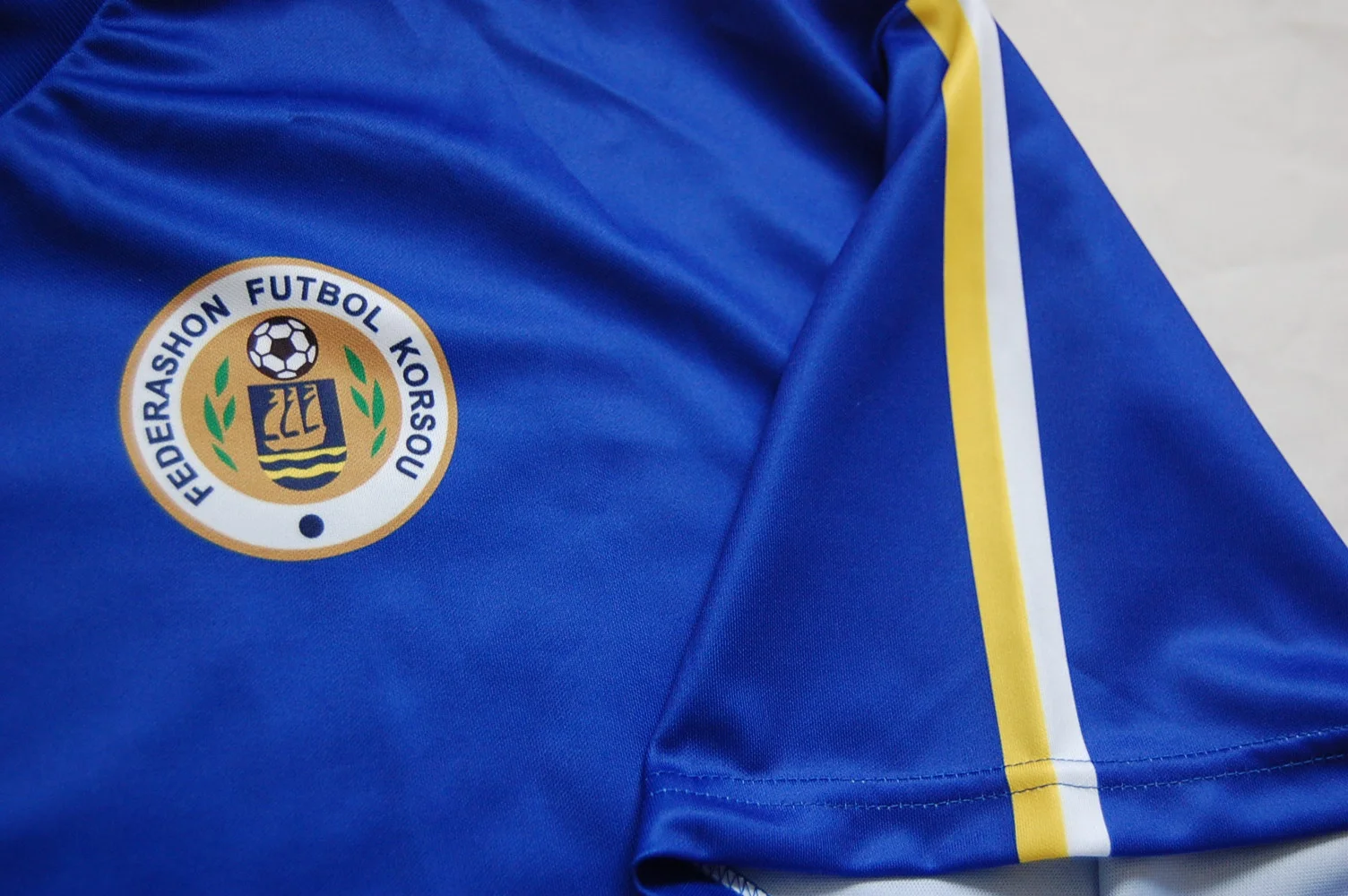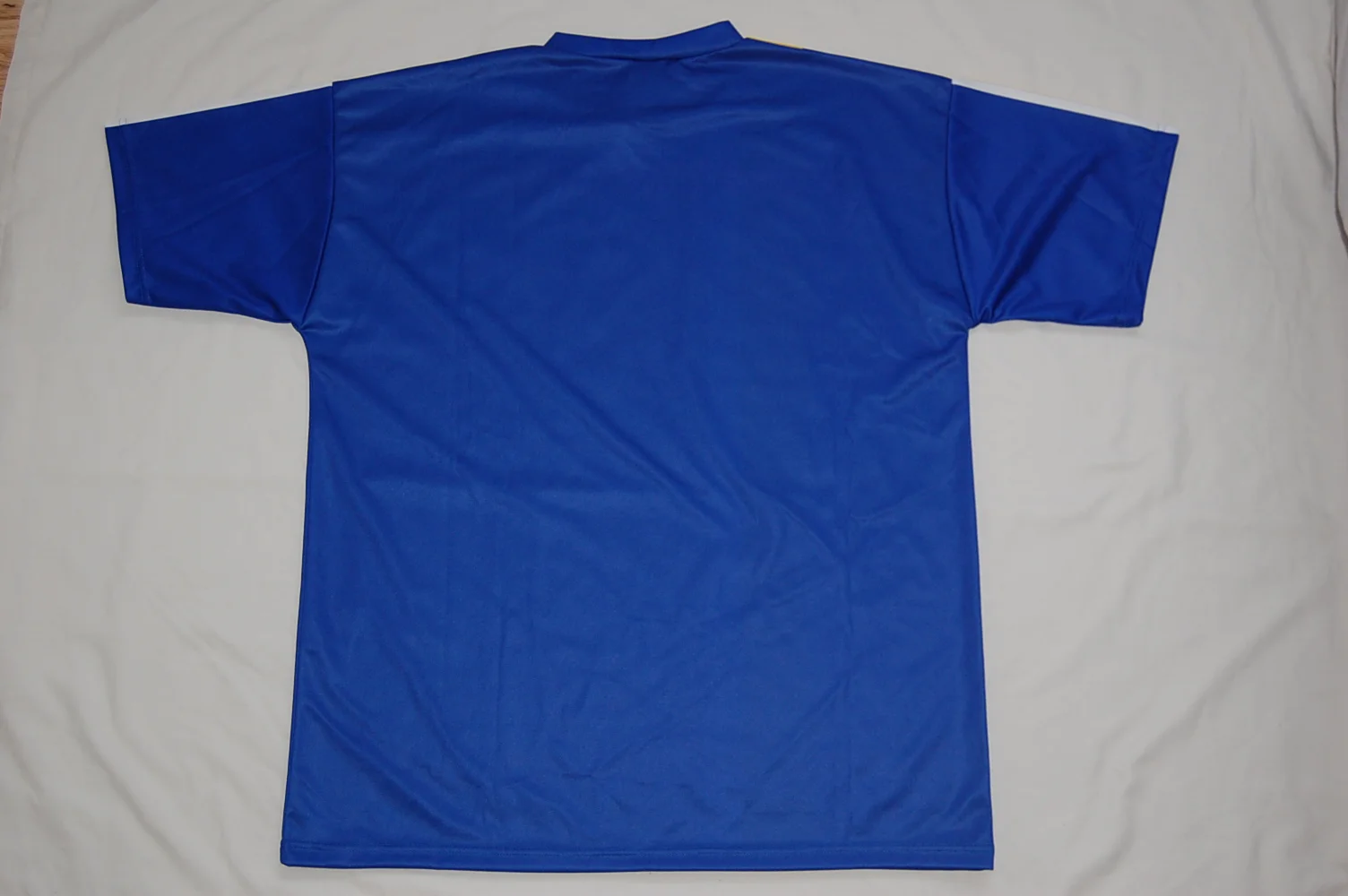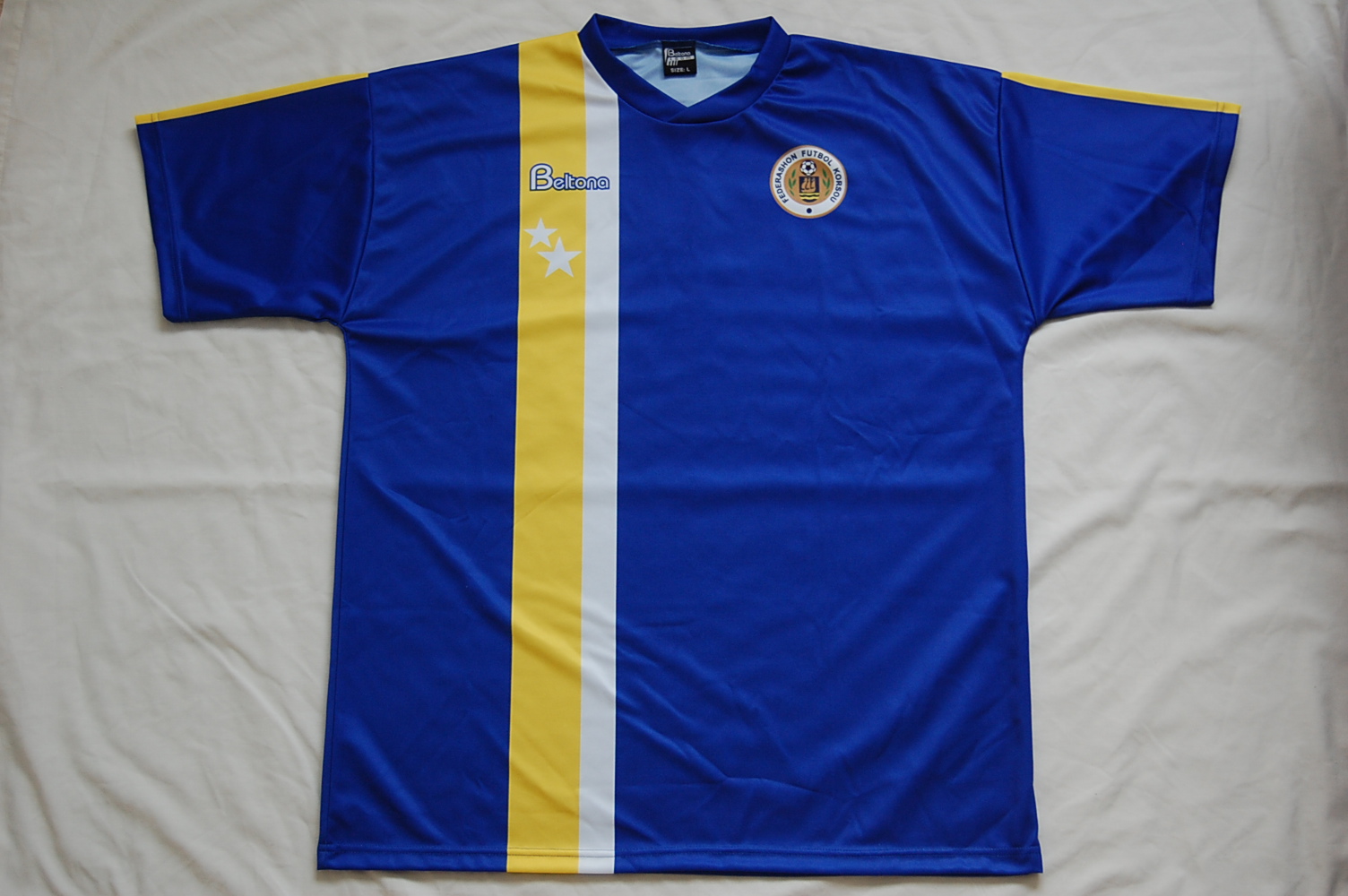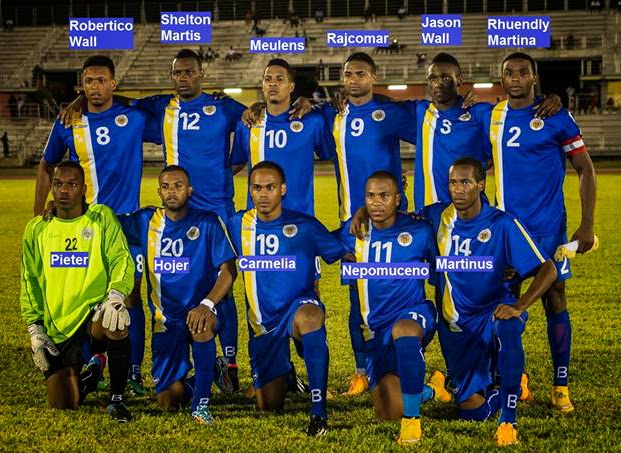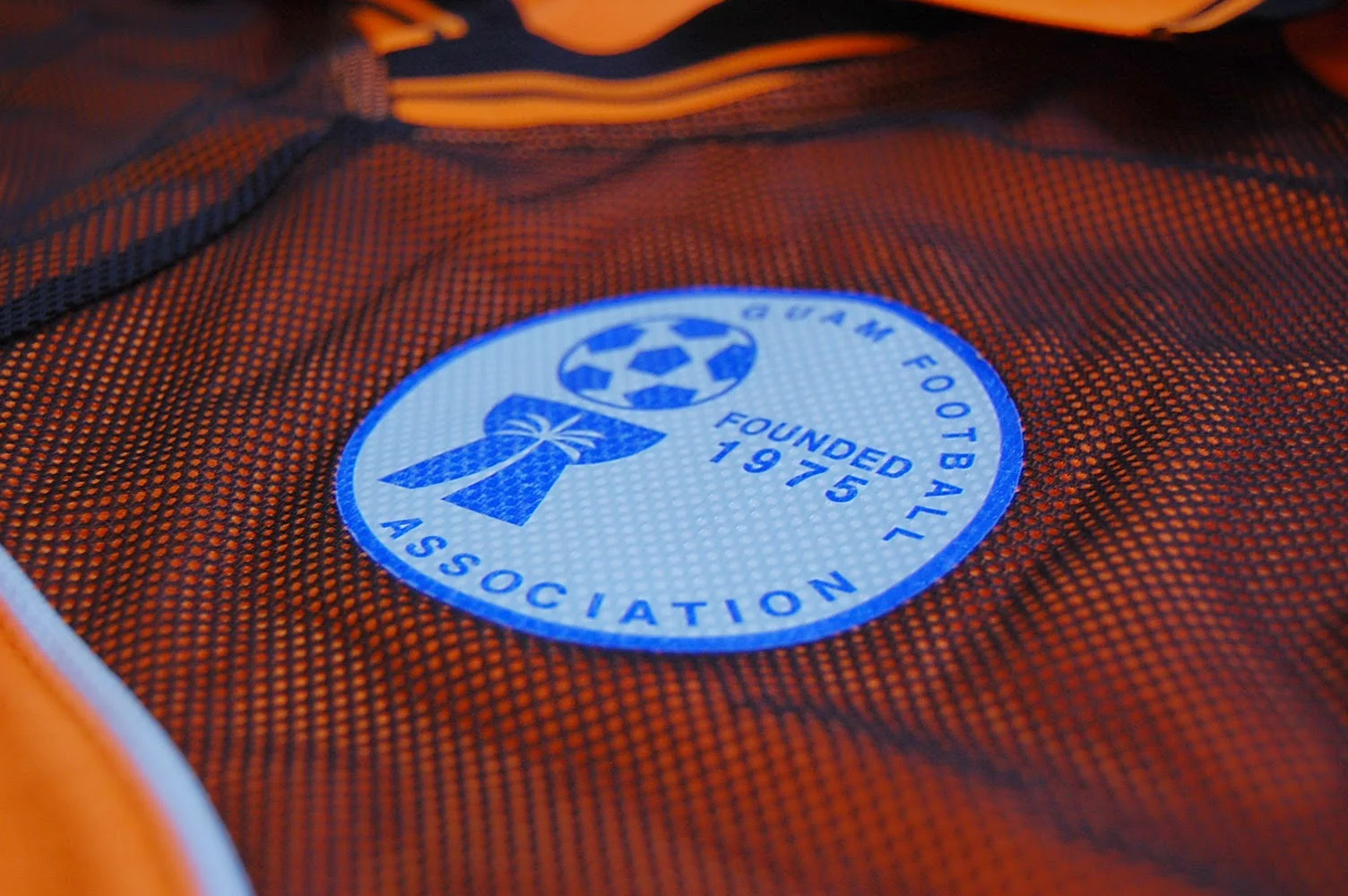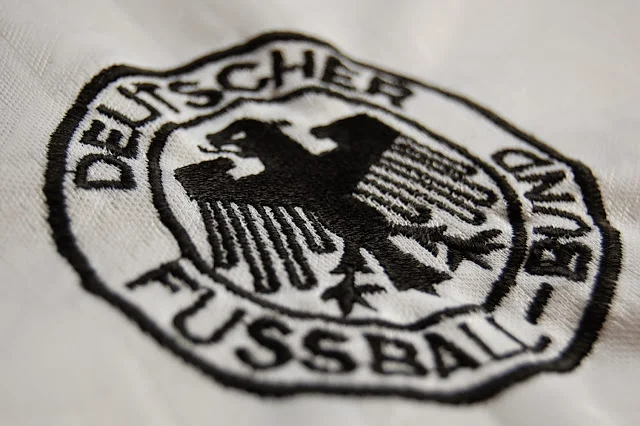Curacao
Beltona, 2014-16; Home
In its current guise, Curacao exists as a full FIFA member since March 2011. This followed the dissolution of Netherlands Antilles, a collection of six Caribbean islands of which Curacao was one. Similar to how Russia is seen as the direct successor of the USSR, Curacao is seen as the successor to Netherlands Antilles. Therefore, Curacao held on to Netherlands Antilles’ historical records and FIFA place. Despite such a short history of the present Curacao, teams baring the name of ‘Curacao’ have played games as far back as the 1920s. In the early days, the national team toured to neighbouring islands to challenge other national sides. In 1934 the then ‘Curacaose Voetbal Bond’ became affiliated with FIFA and in 1941 they played in the inaugural CCCF (the forerunner to CONCACAF in the Caribbean and Central American region) Championship, where they finished a respectable 3rd of five nations. Despite finding relative success as an independent team, Curacao agreed to amalgamation with fellow Netherlands Antilles island Aruba in 1958, to create the ‘Netherlands Antillean Football Union’ (which also included four other smaller islands). This union would remain unchanged until 1986, when Aruba succeeded to go their own way as an independent team in their own right. The other five islands would remain a union until the Netherlands Antilles were dissolved as a political union, thereby forcing Curacao to go it alone in footballing terms the following year.
As mentioned above, Curacao retained the history of N.A. and their crest remained all but the same. Interestingly, because the political dissolution in 2010 occurred so close to the beginning of qualifying for the 2010 Caribbean Cup, the Netherlands Antilles actually partook under that name, the name of a country that no longer legally existed.
Given the historically links with the Netherlands, it is no surprise that this shirt is made by a Dutch company, namely Beltona. In my opinion, this shirt is a great example of what can be achieved when a smaller company is used rather than simply applying badges to a template from a global brand. Instead of a generic design, the national flag has been subtly worked into the shirt. The result is simply a really nice shirt. The only disappointing element is that the crest and Beltona logo are sublimated rather than embroidered. However, this is the flip side of not using a 'teamwear' option. Sublimation allows for individual designs to be used as there is less work in the actual stitching together of the shirt. Sometimes you have to make that trade-off.
